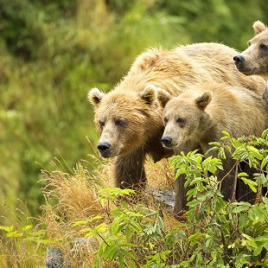Red elderberry and sockeye salmon make up a large portion of a Kodiak bear’s diet; usually, the bears treat themselves to spawning salmon before the elderberry season begins. Recently, warmer springs have shifted the elderberry fruiting time to an earlier period, which coincides with the salmon spawn. Researchers observed how warmer springs affected the bears’ […]
Category: Paper of Interest
Predator birds and mammals have a stronger fear of the unknown 
Neophobia – the fear of unfamiliar stimuli – is more pronounced among birds and mammals, especially those reared in the wild, than in other animals, a recent meta-analysis reveals. Researchers looked into different kinds of neophobia among predators, both wild-caught and captive, to see which animals brave the novelty better. Their findings also identified that […]
A roadmap to adapting 100% clean energy in 139 countries by 2050
A group of researchers outlined a comprehensive roadmap of infrastructure changes that 139 countries can make to be entirely powered by wind, water, and sunlight by 2050. Researchers assessed the raw renewable energy resources available to each country, how many alternative-energy generators are available, and how much land and rooftop area these power sources would […]
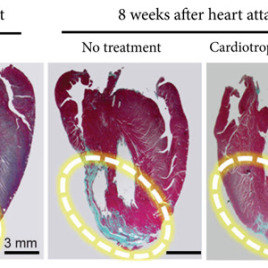
Researchers pinpoint the heart’s pump-up protein 
Scientists have discovered a protein that promotes healthy heart growth by helping this key muscle pump blood efficiently throughout the body. The protein, cardiotrophin 1 (CT-1), stimulates both the growth of heart muscles and the growth of blood vessels in the heart. The effect of CT-1 is similar to what is naturally achieved through exercise or […]
Potentially toxic new byproduct of coal burning discovered in ash 
Coal mining is a well-known contributor of pollutants to particulate matter in the air. A new study has discovered a new byproduct of burning coal, titania suboxide, which has the potential to be toxic to humans. The research team analyzed ash samples from 12 coal-burning power plants in the US and China, and found large […]
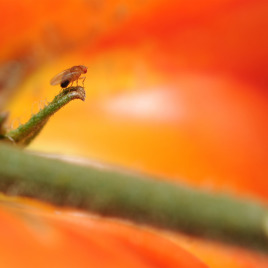
Dopamine determines fruit flies’ personal bubble 
Dopamine regulates fruit flies’ perception of personal space, a new study suggests. The concept of a “bubble”, or the amount and proximity of others one feels comfortable with, is observed in one form or another in all social animals. New research shows evidence that for fruit flies, dopamine is a key modulator of social space. […]
2016 yet another exceptionally warm year, experts confirm
Global temperatures in 2016 have reached a peak high of 0.8 degrees Celsius above their level in the period between 1961 and 1990. This is the second year in a row to produce record global temperatures – although there isn’t a significant increase from 2015, according to the study authors. Warmer global temperatures in 2016 […]

Action video games may be shrinking the players’ hippocampi 
New evidence suggests that habitual gamers have less grey matter in their hippocampus, a part of the brain that plays a big role in different kinds of memory processing. The study, which combines neuroimaging and longitudinal research data, revealed that the hippocampus gets less stimulation during play time; while another part of the brain, called […]
Eliminating tax on private land could help meet Canadian conservation targets 
Shifting property tax from private land with high conservation value to regions with lower conservation value could help the Canadian government meet its conservation targets – without taking a hit to tax revenue. A new study paper explores the concept of such “tax-shifting” as a way to maximize the efficiency of conservation investments in highly […]

Want to make the right moral judgment? Ask your right brain 
A new split-brain study reveals a clearer picture about the areas of the brain that play a role in complex reasoning, such as moral judgment. Historically, studying split-brain patients—those whose corpus callosum has been severed, effectively reducing communication between right and left hemispheres of the brain—has allowed researchers to gain greater insight into specific areas […]

Limiting residency hours may not be beneficial for aspiring surgeons 
In the past 15 years, there’s been a move to reduce the number of hours doctors spend on shift in the residency phase of their training, with the intention to improve patient safety and the doctors’ work-life balance. However, a recent review study suggests that such measures aren’t beneficial across the different specialties – in […]
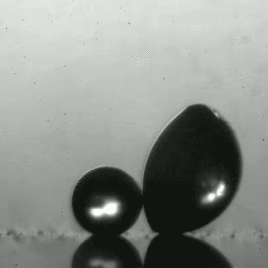
How fungal spores harness water droplets to travel 
Fungal spores spread by hitching a ride on other animals or travelling on their own. In one of the methods, the spore is picked up by a water droplet, which is then propelled upwards. Exactly how this is done has been a mystery to scientists – until now. A new paper describes how two different-sized water droplets […]
8 ways to safeguard scientific integrity in policy-making 
In order for government bodies to make informed, science-based decisions, open and honest communication has to exist – both among the scientists consulting key decision-makers, and in the government scientists’ communication to the public and media. A new paper outlines how such scientific integrity is currently under threat in Canada, Australia and the US, and how these […]
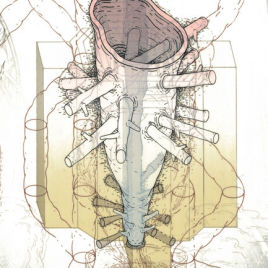
Health law experts call for better policy around biobanks 
The international health community has seen a lot of progress in the collection and storage of health data and tissue samples, but there is still work to be done regarding consent and ownership rights. Health law researchers say that current biorepository structures such as UK Biobank and the US Precision Medicine Initiative, which have been proliferating over […]
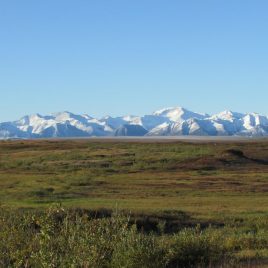
The cycle of mercury pollution in the Arctic tundra 
Human activity has been a major source of mercury pollution in the Arctic, and a new study has identified the form most often taken by the pollutant: gaseous elemental mercury (GEM). The News & Views article discusses how the Arctic tundra acts as a major sink for mercury, as the local plants uptake GEM from the […]
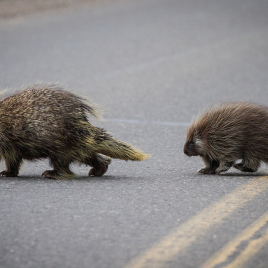
Porcupine study reveals how populations change with predation and foraging 
Investigation of predator-prey relationships in a changing environment is an important way to track changes to local ecosystems. A new investigation takes a look at the effects of both top-down (predation-driven) and bottom-up (food and foraging-dependent) systems in predator-prey dynamics. The research team tracked a population of porcupines in Wisconsin, US, over a period of 14-year […]
